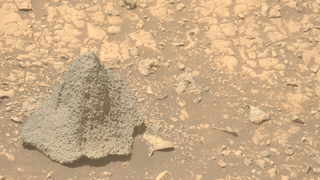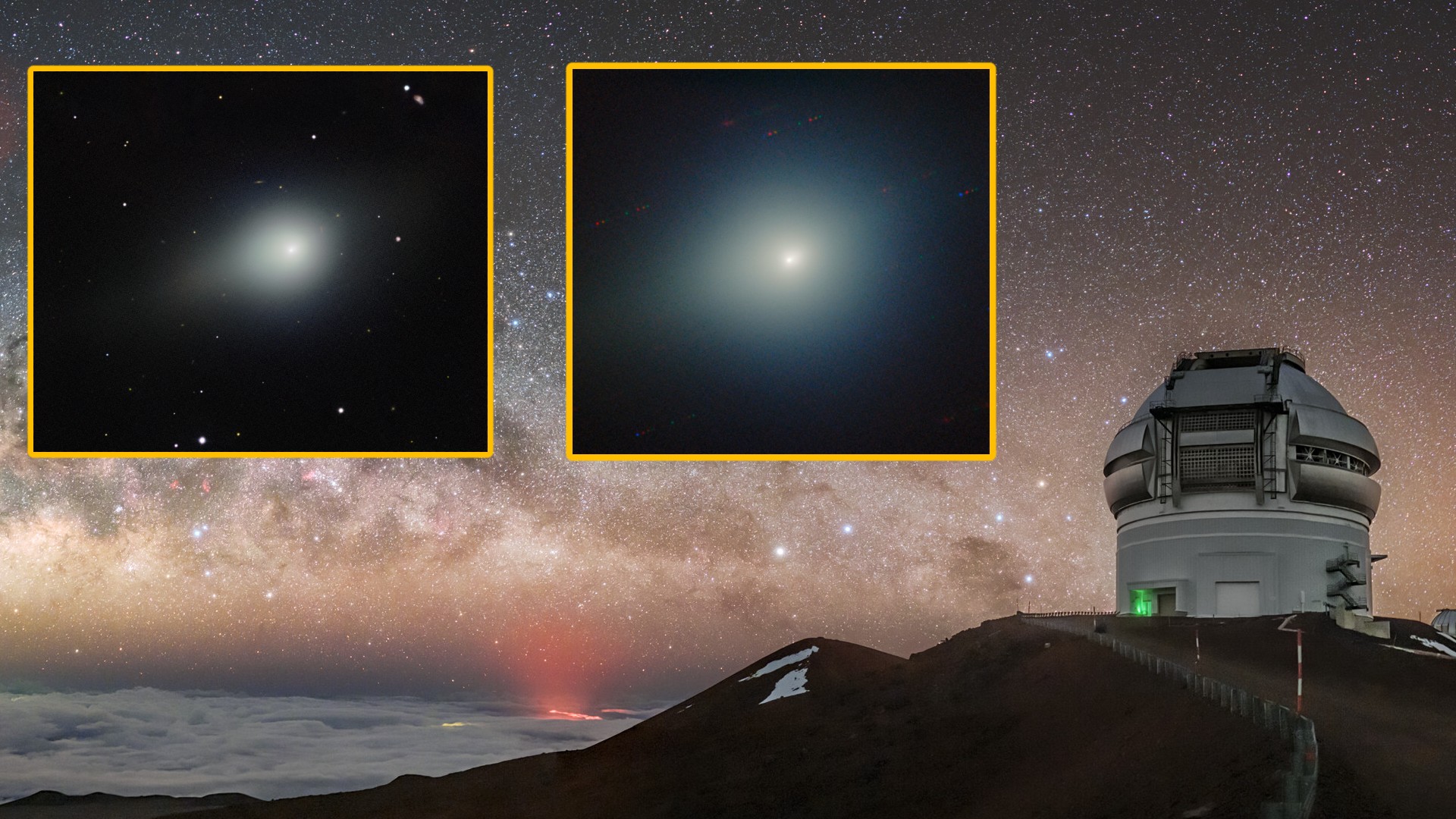Mars news, features and articles
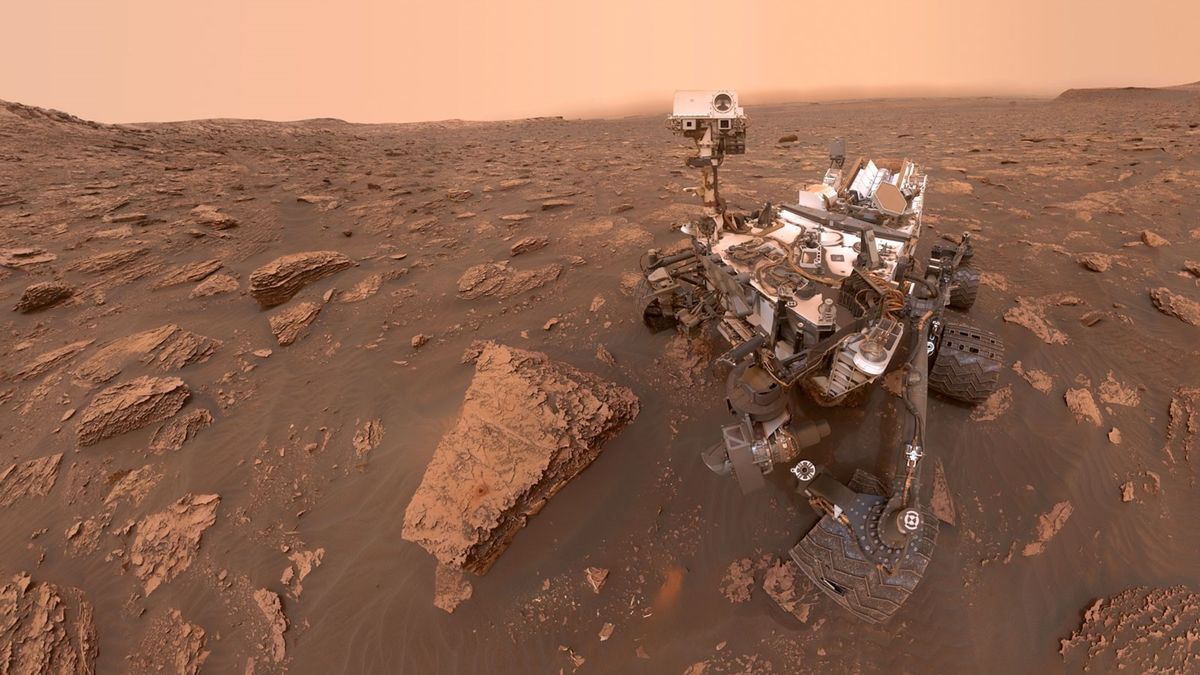
With SpaceX, NASA and China planning manned missions to the Martian surface and scientists working to revolutionize access to the Red Planet, it's now only a matter of time before humans step foot on Mars. Follow our species' progress to a new world with Live Science's specialist Mars coverage. Our expert writers and editors publish lists, fact pages, explainers and coverage of the biggest Martian research, from evidence of recent water on the Red Planet to how the "building blocks of life" were discovered on Mars to the first clear images of "sun rays" from Mars' surface, in the latest Mars news, features articles
Discover more about Mars
—Mars: Facts about the Red Planet, its moons, and possibilities for life
Latest about Mars

Time moves faster on Mars, posing new challenges to crewed missions
By Deepa Jain published
Clocks on Mars tick faster by about 477 microseconds each Earth day, a new study suggests. This difference is significantly more than that for our moon, posing potential challenges for future crewed missions.
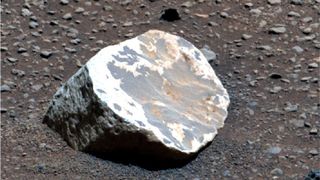
Strangely bleached rocks on Mars hint that the Red Planet was once a tropical oasis
By Joanna Thompson published
Bleached clay rocks found on the Martian surface suggest that the Red Planet was once home to heavy rainfall and tropical conditions, new Perseverance observations hint.
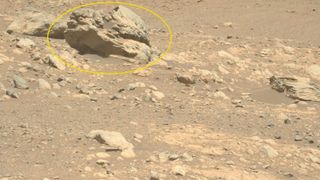
Odd-looking rock on Mars is totally alien to the Red Planet, Perseverance rover finds
By Harry Baker published
NASA's Perseverance Mars rover recently came across an odd rock, dubbed "Phippsaksla," that is unlike anything else the robot has found on the Red Planet. It turns out that it probably isn't from our neighboring world and likely crashed on Mars instead.
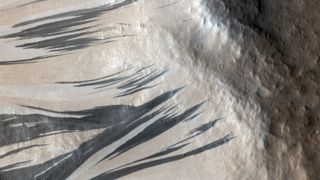
2 million black 'streaks' on Mars finally have an explanation, solving 50-year mystery
By Harry Baker published
A new analysis of data from NASA's Mars Reconnaissance Orbiter reveals that the majority of the Red Planet's dark "slope streaks" did not form as most researchers previously assumed.
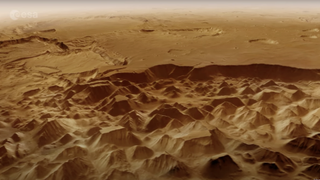
Soar through a 1,000-mile-long maze on Mars in this mesmerizing new satellite video
By Elizabeth Howell published
A stunning new video, made from Mars Express orbiter data, allows you to soar over a gigantic maze on the Red Planet in incredible detail.
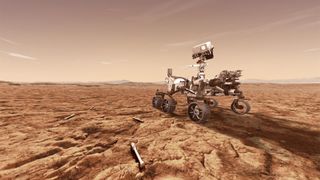
'If there is a space race, China's already winning it': NASA unlikely to bring Mars samples back to Earth before China does, experts say
By Sharmila Kuthunur published
"If there is a space race, China's already winning it, and could win it dramatically in the next few decades."
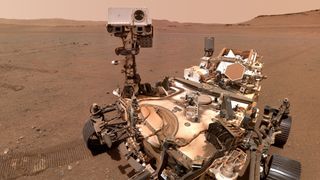
'Incredibly exciting': NASA claims it's found the 'clearest sign' yet of past life on Mars
By Ben Turner published
NASA scientists have found more intriguing details on speckled Martian rocks spotted by the Perseverance rover. But bringing samples back to Earth will be key.
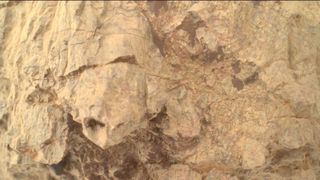
NASA spots bizarre 'turtle' on Mars
By Harry Baker published
NASA's Perseverance rover has photographed a peculiar rock formation that looks eerily like a turtle poking its head out from its protective shell.
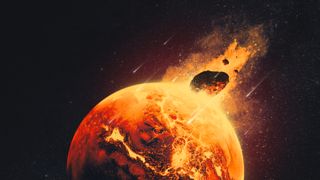
Dozens of mysterious blobs discovered inside Mars may be the remnants of 'failed planets'
By Harry Baker published
"Marsquake" data collected by NASA's InSight lander have revealed dozens of mysterious blobs within the Red Planet's mantle. The structures may have been left by powerful impacts up to 4.5 billion years ago.
Get the world’s most fascinating discoveries delivered straight to your inbox.


